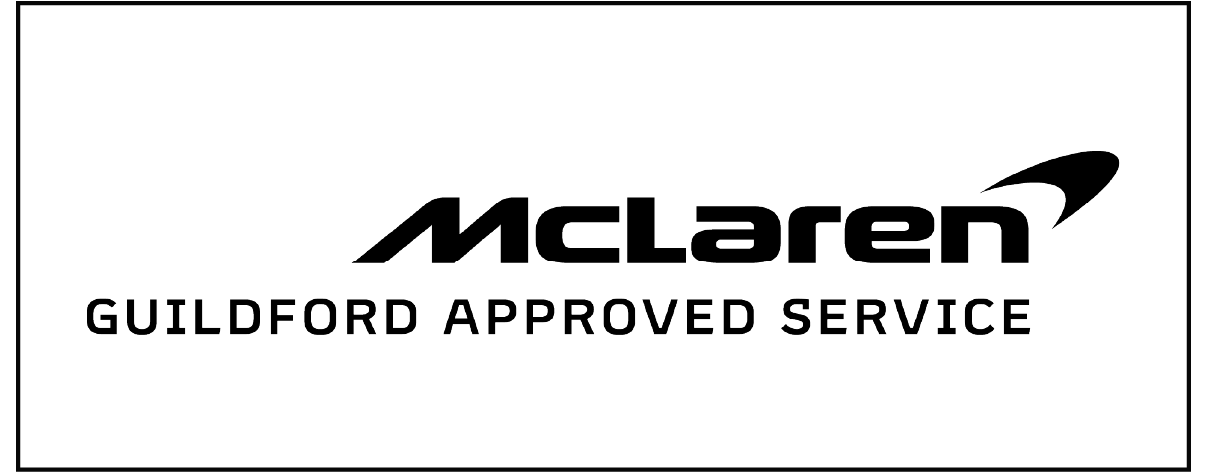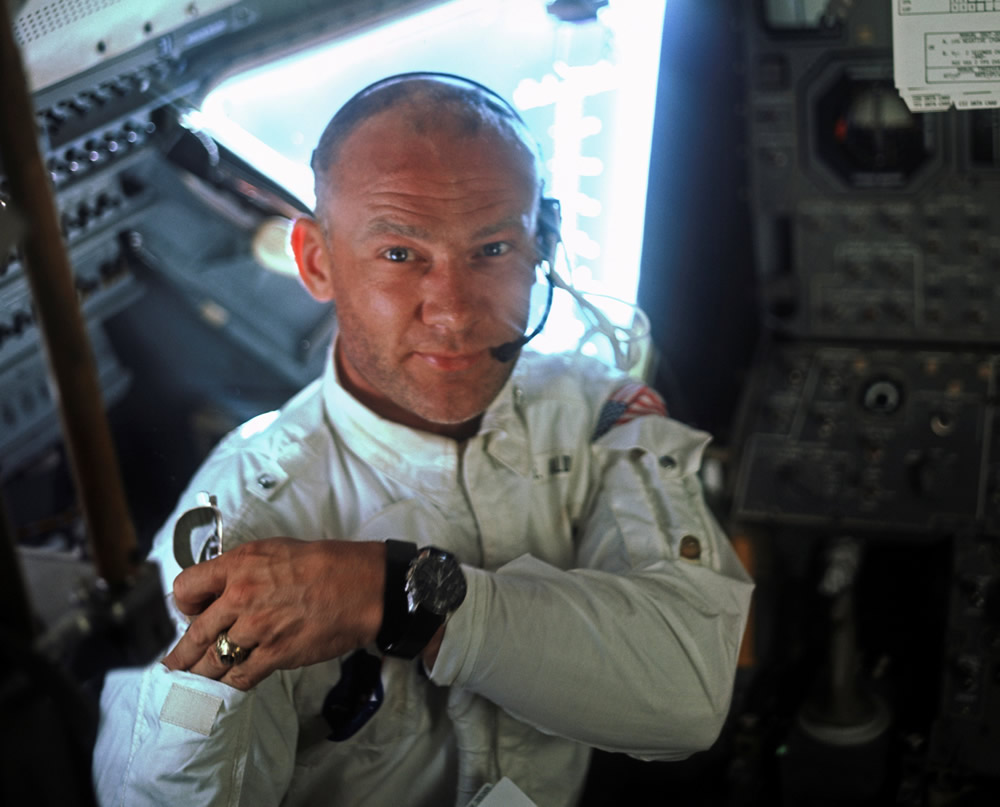Designed by Claude Baillod and launched in 1957, the first reference CK2915 Omega Speedmaster was to become one of the most coveted and celebrated watches in the world.
In July 1969 it was chosen as official flight qualified equipment by NASA to accompany one of mans greatest missions in history, to the surface of the moon. It has been known as “The Moonwatch” ever since.
The original intent was for its use was as a sports and racing chronograph to time events and speed using the 12 hour counters and tachymeter outer scale. It was not until 1962 when NASA were officially looking for a manual wound chronograph to accompany the astronauts on the Gemini IV mission that would be worn in outer space for the first time.
Previously astronauts wore their own various watches including the Rolex GMT, Breitling, Bulova and a Speedmaster as well! But now they needed a watch that would withstand the unexpected rigours and hostile environment of outer space. Various brands of watches that met the specifications were bought from Corrigans jewellers in Houston and subjected to rigorous tests that they were simply not designed for. These included exposure to G shocks, extreme temperatures, vibrations, decompression, acoustic shock, humidity, high and low pressure tests and so forth. The only watch to survive all these extreme tests was the Omega Speedmaster. Had NASA not found a suitable watch then they would have had to design and build one which would have put the space programme back and not met President Kennedys bold promise of sending man to the moon and back within the decade. Not bad for a watch that cost $82.50 at the time.
Omega only learned about the Speedmaster’s selection by NASA into space after seeing a photograph of Ed White on America’s first spacewalk during his Gemini 4 mission in June of 1965 wearing the reference 105.003 which has since become a very collectible watch indeed with prices soaring for ones in great and original condition. That same year after this amazing feat, Omega added the now infamous words “Professional” to the dial and has remained there ever since on all the flight qualified Speedmasters that are still the only flight qualified watches in use today to be worn outside of the spacecraft during EVA (extra vehicular activity).
On 21st July 1969, Apollo 11 astronauts Neil Armstrong, Buzz Aldrin and Michael Collins each wore their Omega Speedmasters on the historic mission to the moon. In fact Neil Armstrong left his watch in the lunar lander as a back up in case of instrument failure. Buzz Aldrin was therefore wearing the first Speedmaster on the moon. Unfortunately this was later stolen and never recovered. To this day the Omega Speedmaster is still the only flight qualified watch by NASA for all manned space missions and to have been worn on the moon.
On 15th July 1975 Omega Speedmasters were worn on the first international human spaceflight, the Apollo-Soyuz project which saw the rival Americans and Russians dock in space and join the two great nations in the middle of the Cold War and uniting them together as one. Both nations famously opened the adjoining space capsule hatches and shook hands wearing their synchronised Speedmasters, a flight requirement of the mission.
There have been many versions of the Speedmaster created in all guises, movements and exotic materials to suit all tastes, but there is only one actual moon watch, the Speedmaster Professional and since late 1969 has had the inscription on the back “Flight Qualified By NASA For All Manned Space Missions - The First Watch Worn On The Moon”. It has closely retained its original design from 1957 with the slightest of updates in an evolutionary rather than revolutionary process similar to the Porsche 911 or Mont Blanc pen, classic but with subtle changes sometimes unnoticeable but important in keeping with the times.
The legendary calibre 321 has been regarded as one of the most important manual chronograph movements ever made and is still highly coveted today by collectors. In 2019, for its 50th year since the moon landing in 1969, Omega faithfully re-created this movement for one of their anniversary editions. The watch has remained virtually unchanged in its aesthetics since 1962 when the now famous broad arrow hands were replaced for the baton hands to increase legibility and are still in use today. The domed hesalite plexiglass is still as it was since 1957. In the case of an unfortunate accident, sapphire or glass would simply shatter into dangerous sharp fragments floating around in zero gravity whereas hesalite would break but hold itself together.
In recent years, the Omega Speedmaster has grown in popularity with collectors and space enthusiasts. There are so many versions of the non Professional but sticking with the Professional Moonwatch itself there are so many small detail differences throughout its production since 1957 that it has created a whole plethora of devoted collectors. Far too many to list but some references have become extremely popular. The calibre 321 always tend to be the most collectible as are the pre-moon landing version of 1957 to 1969.
As a modern day watch its popularity is such that every collector should have one. Whether its the latest version, a limited edition or vintage piece, they all hold a special place in the history of Omega and mankind’s
greatest quest to explore the unknown.
by Peter David












